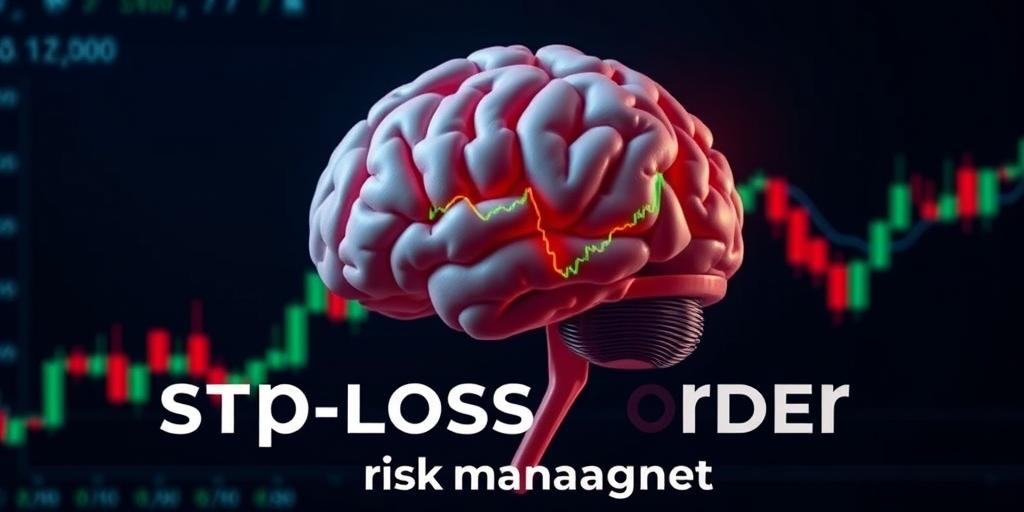The Psychology of Setting and Actually Sticking to Your Stop-Losses
Stop-loss orders are a crucial risk management tool for traders, yet many struggle to implement them effectively. Understanding the psychological factors behind this struggle is the first step towards mastering this essential skill.
The Pain of Loss
Loss aversion, a well-documented cognitive bias, suggests that the pain of losing money is psychologically more powerful than the pleasure of gaining an equivalent amount. This can make traders hesitant to realize a loss by adhering to their stop-loss, hoping instead for a market reversal.
Fear of Being Wrong
Admitting a trade has gone wrong can be difficult. Closing a position at a stop-loss price forces a trader to confront their misjudgment. This can lead to a reluctance to use stop-losses, or setting them too wide, in an attempt to avoid being 'wrong'.
The Illusion of Control
Traders often fall prey to the illusion of control, believing they can influence market movements. This can manifest as ignoring stop-losses in the belief that they can steer the trade back into profitability through sheer will or further actions.
Combating the Psychological Barriers:
- Acknowledge Your Biases: Recognizing loss aversion and the illusion of control is the first step to mitigating their impact.
- Predefine Your Risk: Before entering a trade, determine your maximum acceptable loss and set your stop-loss accordingly. Write it down.
- Automate Your Stop-Losses: Use trading platforms that allow automated stop-loss orders. This removes emotional decision-making from the equation.
- Focus on the Process, Not the Outcome: Evaluate your trading strategy based on its long-term profitability, not individual trade outcomes. Accept that losses are part of the game.
- Review and Learn: Analyze past trades where you deviated from your stop-loss strategy. Identify the emotional triggers that led to those deviations and develop strategies to manage them in the future.
Conclusion
Setting and sticking to stop-losses is not just about numbers; it's about understanding and managing your own psychology. By acknowledging your biases, predefining your risk, and automating your stop-loss orders, you can improve your trading discipline and protect your capital.









